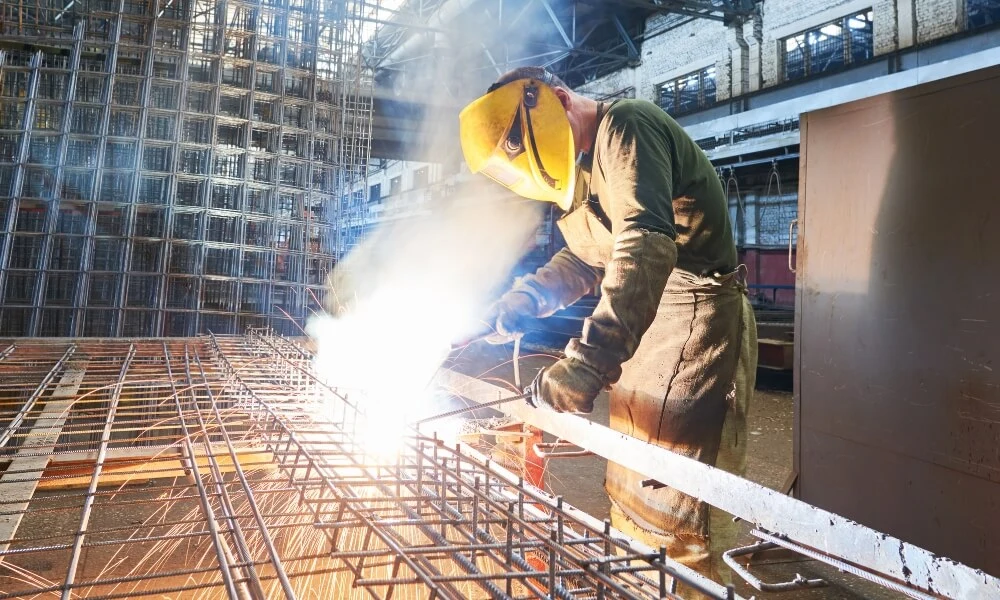In industrial and construction settings, the term ‘hot work’ often echoes with a sense of caution and respect. But what exactly does it entail? “Hot work” is more than tasks performed under the sun; it involves specific operations that generate heat, flames, or sparks, necessitating stringent safety measures.
In this blog, we will delve deep into the world of hot work, shedding light on its definition, understanding the inherent hazards, and highlighting the pivotal safety precautions that ensure it’s conducted without compromise. Whether you’re a seasoned professional, a budding apprentice, or simply curious, this guide offers insights into the fiery yet fascinating realm of hot work. Dive in and equip yourself with knowledge as crucial as the flame-resistant apron in a welder’s toolkit.
What’s Hot Work? Definition
Hot work refers to any task or operation that involves using open flames or applying heat using tools or equipment. This term encompasses various activities, some of which are:
- Welding, Brazing, and Soldering: These processes use heat to join metals. Welding involves melting the base metals while brazing and soldering involve melting a filler metal to bond the base metals without melting them.
- Grinding and Cutting: These actions, especially on metals, can generate sparks and significant heat, posing fire risks.
- Thawing Pipes: The use of heat to melt ice within pipes.
- Use of Open Flames, Blow-Lamps, and Torches: These tools produce direct flames and are often used for various tasks, from construction to crafts.
- Bitumen and Tar Boilers: Used in roofing and road construction, these tools heat tar or bitumen to a liquid state.
- Hot Air Blowers and Lead Heaters: Devices that produce hot air are often used in industries like construction and roofing.
Though the above list is not comprehensive, it captures the primary forms of hot work. It’s crucial to note that these tasks when executed without proper safety precautions, can pose significant health and safety hazards, especially fire risks. Therefore, it’s essential to implement proper controls when performing hot work to ensure safety.
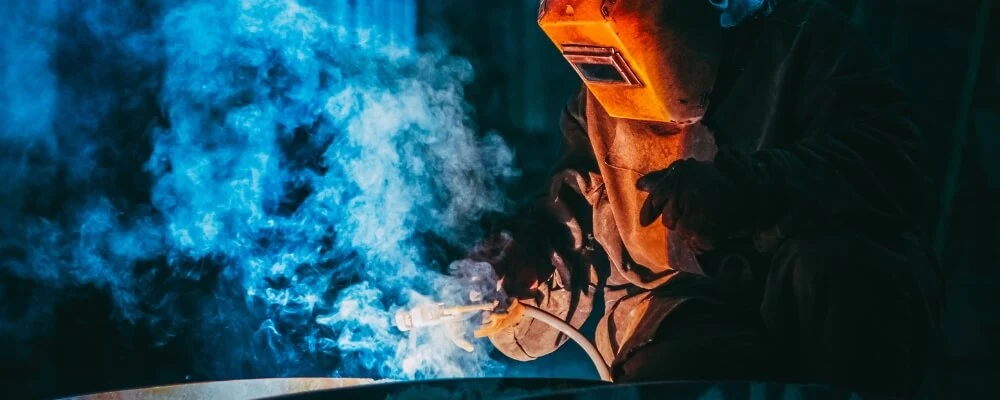
Hot Work Hazards You Need To Know
Hot work hazards refer to the potential risks and dangers associated with tasks that involve using open flames, sparks, or other sources of high heat. These tasks include welding, cutting, brazing, soldering, grinding, and other processes that generate heat and sparks. The hazards associated with hot work can lead to fires, explosions, burns, and other serious accidents if not properly managed. Here are some common hot work hazards:
- Fire and Explosion: The sparks and molten material generated can ignite flammable and combustible materials nearby.
- Burns: Direct exposure to flames or hot surfaces can result in burns to the skin.
- Toxic Fumes and Gases: When inhaled, processes like welding can produce harmful fumes and hazardous gases.
- Eye Injuries: Sparks or intense light from hot work operations can cause eye injuries or damage.
- Electric Shock: This is particularly a risk in electric welding if the equipment is not used correctly or if there’s a malfunction.
- Noise: Some hot work processes can generate harmful noise levels, leading to potential hearing damage.
- Ultraviolet (UV) and Infrared (IR) Radiation: Welding arcs, for example, produce UV and IR radiation which can harm unprotected skin and eyes.
- Spatter and Flying Debris: Molten material or hot debris can be ejected from the work area, posing a worker risk.
- Accidental Contact: Workers or bystanders can accidentally touch the hot equipment or material, leading to burns.
- Compressed Gases: In certain hot work processes, compressed gases are used, which, if not handled or stored correctly, can become a potential explosion risk.
Knowing these hazards is important to understand the necessary safety measures, even though we are not delving into those precautions here.
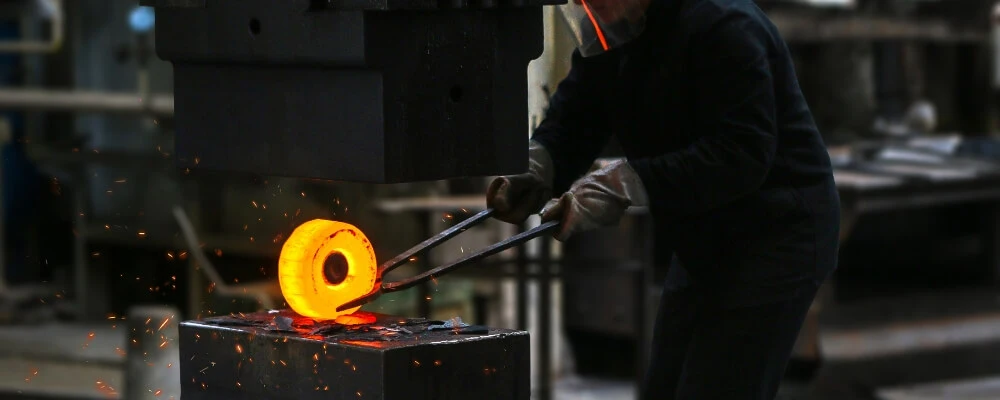
10 Essential Hot Work Safety Precautions
Hot work involves welding, cutting, grinding, and generating heat, sparks, or flames. These activities can be hazardous and require specific safety precautions to prevent fires, explosions, and other accidents. Here are 10 essential hot work safety precautions:
1. Hot Work Permit
A hot work permit is a crucial document that must be obtained before initiating any hot work. The permit serves as evidence that a comprehensive risk assessment of the area where the work is to be conducted has been performed. This evaluation identifies potential fire hazards, and the permit often stipulates conditions that must be met to mitigate these risks. Essentially, a hot work permit is a communication between safety personnel and those carrying out the work, ensuring that both parties know the hazards and necessary precautions.
2. Fire Watch
A fire watch involves assigning a specific person to actively monitor the work environment for the onset of fires. Their primary responsibility is to detect and respond to any sparks or flames that might emerge during or shortly after the hot work process. Given that some materials might smolder before igniting, it’s recommended that the fire watch remain on duty for at least 30 minutes after the work has been completed, ensuring that no late fires break out.
3. Clear the Area
Before commencing hot work, it’s imperative to ensure that the immediate vicinity is free of any flammable or combustible materials that could be ignited by sparks or heat. Materials like paper, wood, or certain chemicals can easily catch fire. If these materials cannot be removed from the area, they should be adequately covered using fire-resistant covers or shields to prevent accidental ignition.
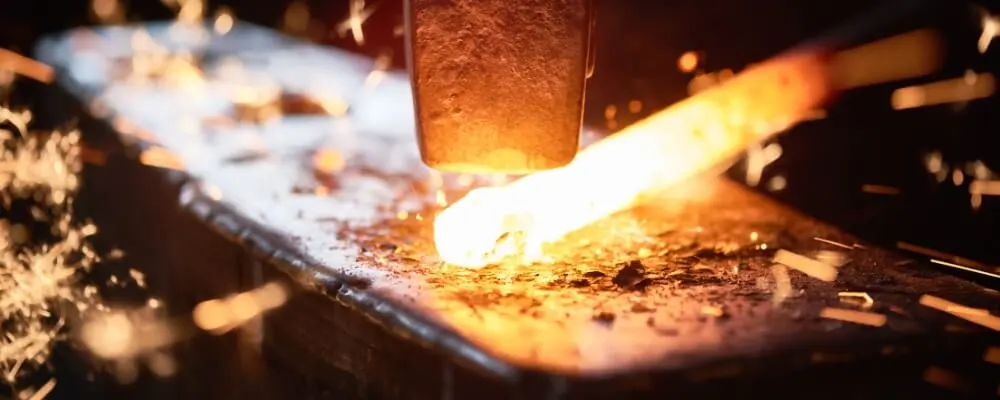
4. Use Protective Equipment
Safety of the personnel conducting the hot work is paramount. To ensure their protection, workers must don appropriate personal protective equipment (PPE). This includes fire-resistant clothing that can shield them from sparks and hot splatter, gloves to protect the hands, face shields to guard against UV radiation and hot particles, and safety goggles to shield the eyes from intense light and flying debris.
5. Ventilation
Hot work processes, especially welding, can release harmful fumes and gases. It’s essential to have an effective ventilation system to quickly and efficiently disperse these fumes, ensuring that workers aren’t inhaling toxic substances and that the environment remains safe.
6. Inspect Equipment
The proper functioning of equipment is fundamental for the safety of hot work processes. Any malfunction can lead to accidents. Hence, a thorough inspection of all equipment, including welding machines, torches, and gas cylinders, should be performed before starting the work. This ensures that they operate correctly, are free of damage, and are safe to use.
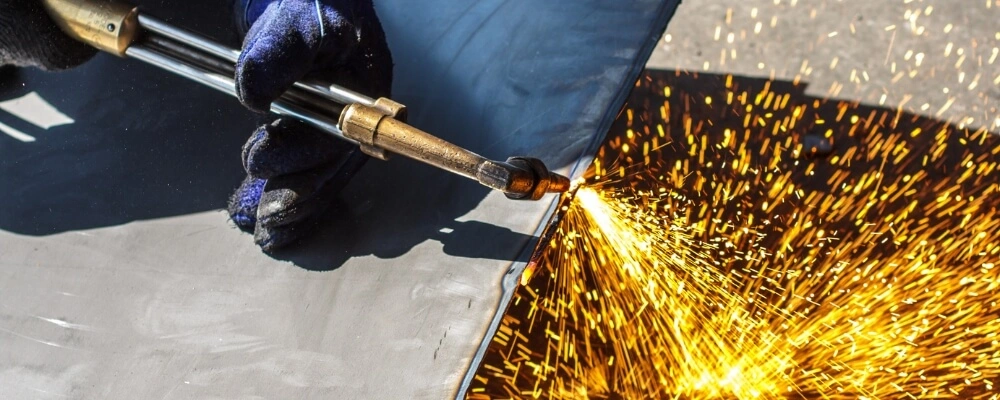
7. Shielding
Sparks and molten splatter are common by-products of hot work. These can travel significant distances and pose a fire risk to surrounding areas. To prevent this, it’s advisable to use fire-resistant barriers like screens or blankets. These barriers contain the sparks, ensuring they don’t reach and ignite surrounding materials.
8. No Smoking
The combination of open flames and flammable gases makes hot work areas particularly susceptible to fires. Introducing another ignition source, like a lit cigarette, can be catastrophic. It’s imperative to enforce a strict “No Smoking” policy in and around the hot work area to prevent accidental fires.
9. Proper Storage
Flammable gases used in hot work, such as oxygen and acetylene, should be stored carefully. Cylinders containing these gases must be kept upright, away from the hot work zone. Designated storage areas help in isolating these potential fire hazards. Additionally, when these cylinders aren’t used, their valves should be firmly capped to prevent unintentional release.
10. Emergency Preparedness
Despite all precautions, there’s always a residual risk of accidents. Therefore, it’s essential to be prepared for emergencies. Firefighting equipment like fire extinguishers and fire blankets should be within easy reach. Workers should not only be familiar with the operation of this equipment but should also be trained in basic firefighting techniques. Moreover, a clear path to the nearest emergency exit ensures quick evacuation if required.

Safe Systems Of Work (SSoW) For Hot Work
A Safety System of Work (SSoW) for hot work is a comprehensive framework designed to minimize risks associated with operations that involve heat, flames, or sparks. This system ensures that every stage of the hot work process, from the work environment to the personnel involved, adheres to the highest safety standards. Here’s an explanation of this SSoW tailored specifically for hot work:
1. Secure Work Environment
The location where hot work is conducted should be suitably prepared and safe. This entails removing flammable materials from the vicinity, ensuring adequate ventilation, and confirming that the area lacks potential fire hazards. Protective barriers or fire-resistant covers should be deployed to prevent accidental ignition when hot work needs to be done near combustible materials.
2. Reliable Work Equipment
The equipment utilized for hot work, whether welding machines, cutting torches, or other tools, should be of the highest safety standard. Before each use, equipment should be thoroughly inspected to ensure it functions correctly and is free from defects. Only equipment that passes this rigorous inspection should be permitted for use.
3. Safe Materials in the Work Setting
The SSoW prioritizes using the safest substances and materials during hot work. This might involve substituting hazardous, flammable, or toxic substances, like certain chemicals or gases, with safer alternatives. If toxic fumes are produced, efficient ventilation or extraction systems should be in place to disperse these harmful by-products.
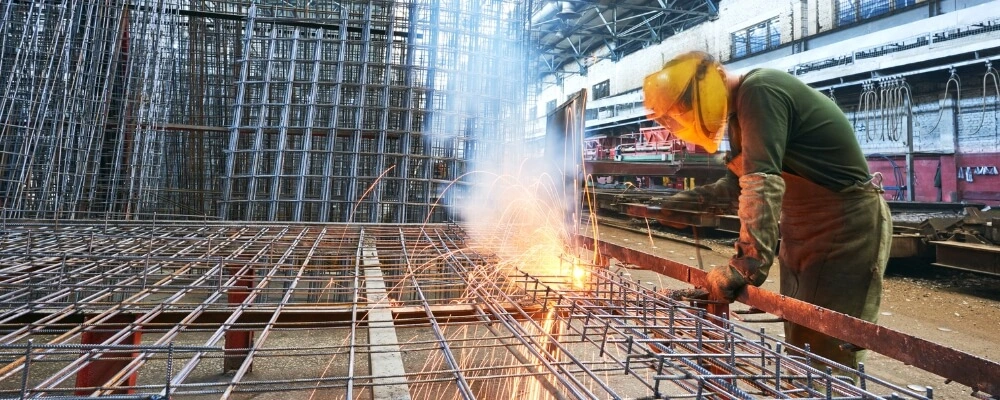
4. Competent Oversight and Management
Effective management and supervision are pivotal for the safety of hot work operations. Supervisors, managers, and planners should understand the hazards and risks of the hot work. Their responsibilities encompass ensuring that safety protocols are rigorously followed, workers are adequately trained, and any deviations from the SSoW are promptly addressed.
5. Well-trained Workers
Individuals engaged in hot work activities should be adequately trained and equipped with the knowledge to work safely. Training should encompass the correct use of equipment, safe handling of substances, emergency response procedures, and the intricacies of the specific hot work process they’re involved in. Ensuring that every worker knows the safety measures and procedures reduces the chances of accidents and mishaps significantly.
In essence, a Safety System of Work for hot work is a holistic approach that emphasizes creating a safe work environment, utilizing reliable equipment, ensuring safe materials, having competent oversight, and training workers to ensure the highest level of safety during hot work operations.
Conclusion
Navigating the world of hot work is akin to walking a tightrope; it requires balance, precision, and an unwavering commitment to safety. As we’ve unraveled, hot work encompasses various activities, each with its unique set of hazards. But with the right precautions and a steadfast adherence to safety protocols, these risks can be effectively mitigated. It’s not merely about understanding the definition of hot work but also about appreciating the responsibilities that come with it.
As industries evolve and techniques advance, the core principle remains unaltered: safety first. Whether you’re directly involved in hot work or managing those who are, let this guide serve as a reminder of the diligence and caution required to ensure every flame lit in service of a task is matched by an equally strong flame of safety awareness.

